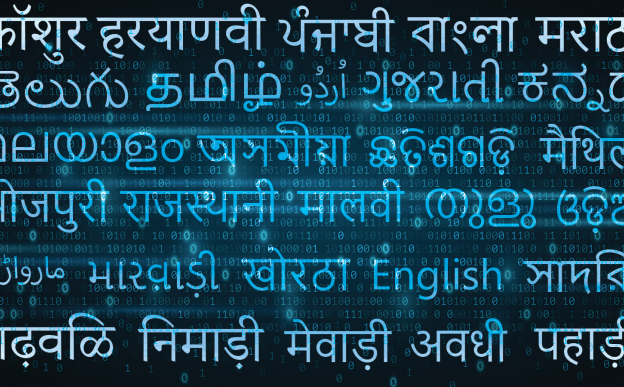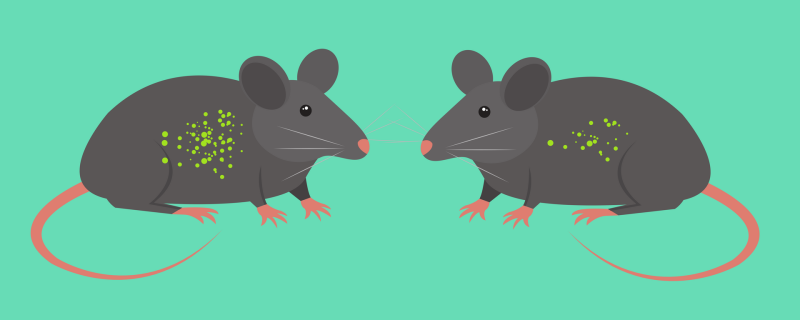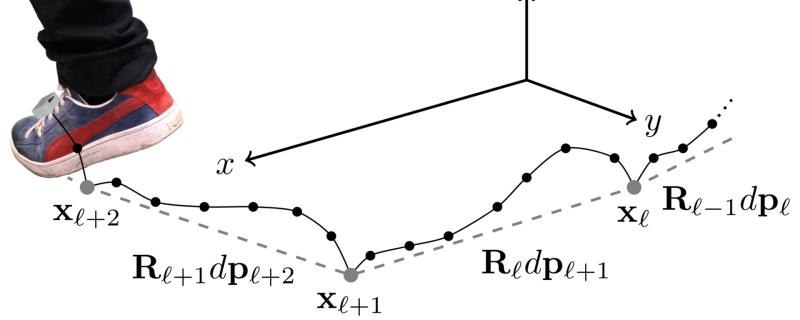A rising population demands an upgrade to the infrastructure of towns and cities, failing which congestion and traffic jams become unavoidable. The situation is improved with efficient allocation of resources and infrastructure, usually achieved with the help of computer simulations.
ఐఐటీ బాంబే, ఐఐటీ మద్రాస్ మరియు ఐఐఐటి హైదరాబాద్ పరిశోధకులు కలిసి ఆంగ్లం నుండి అనేక భారతీయ భాషలకు స్పీచ్-టు-స్పీచ్ యాంత్రిక అనువాదం (SSMT) వ్యవస్థను రూపొందించారు.
ముంబై/







